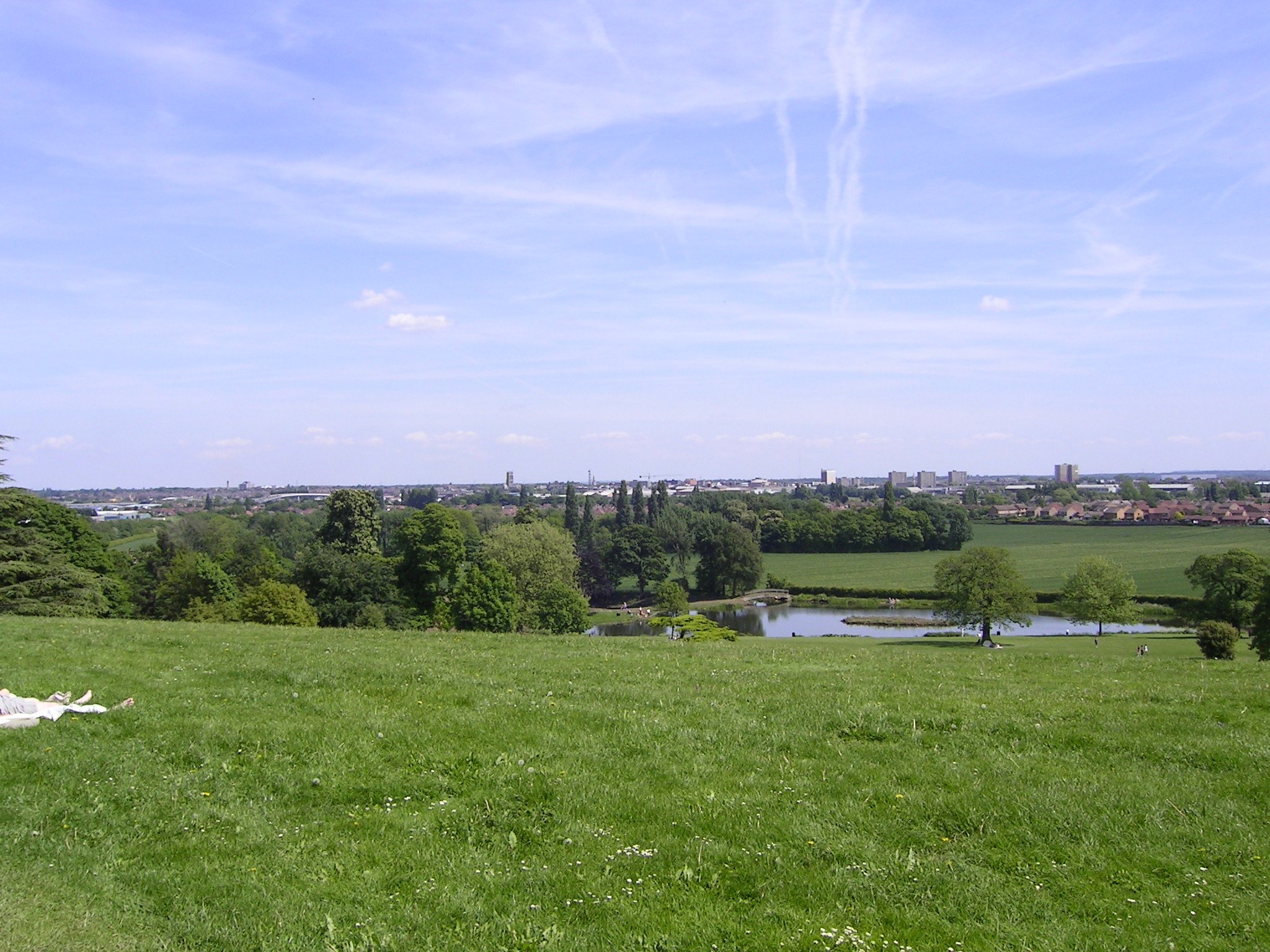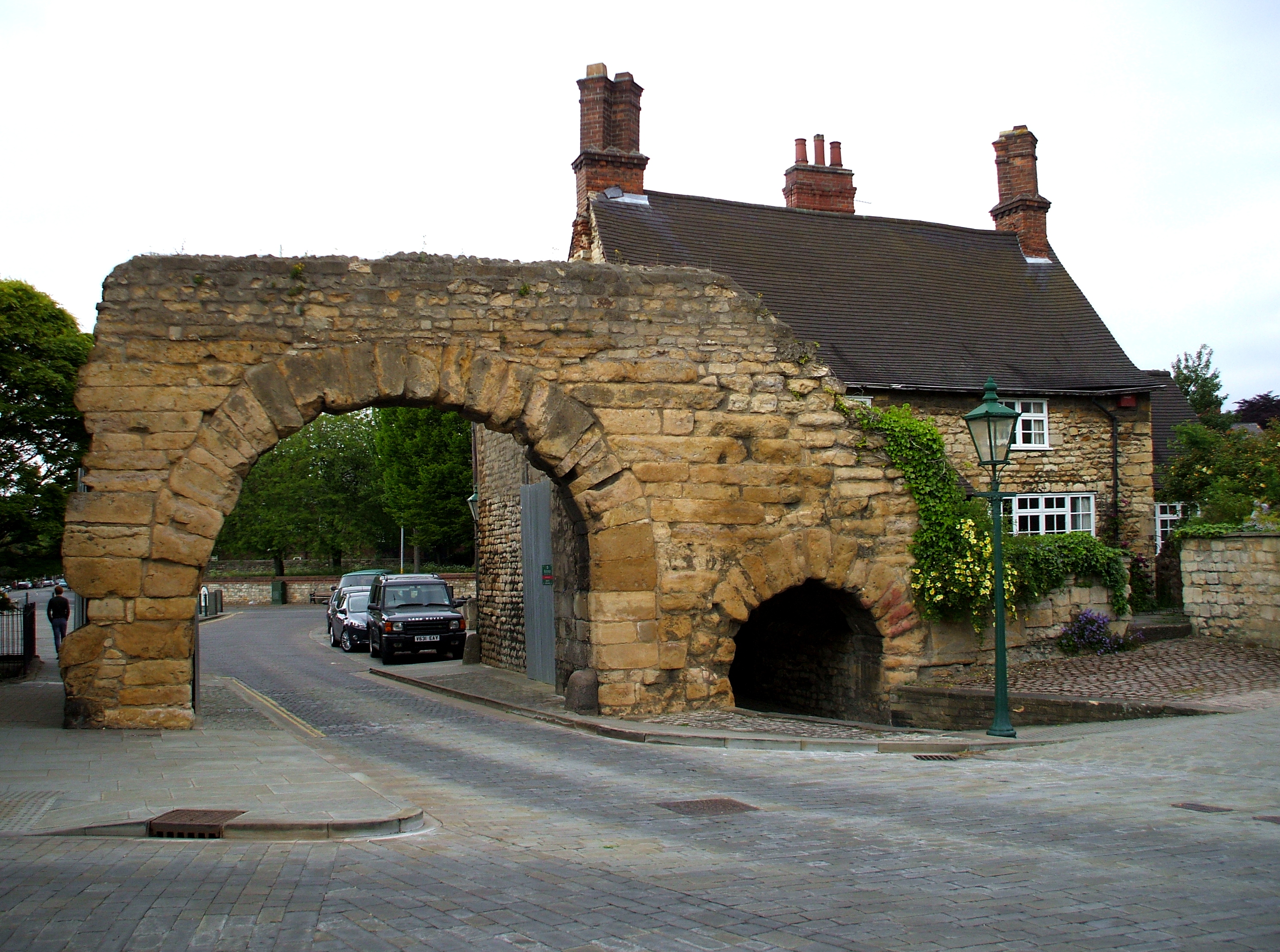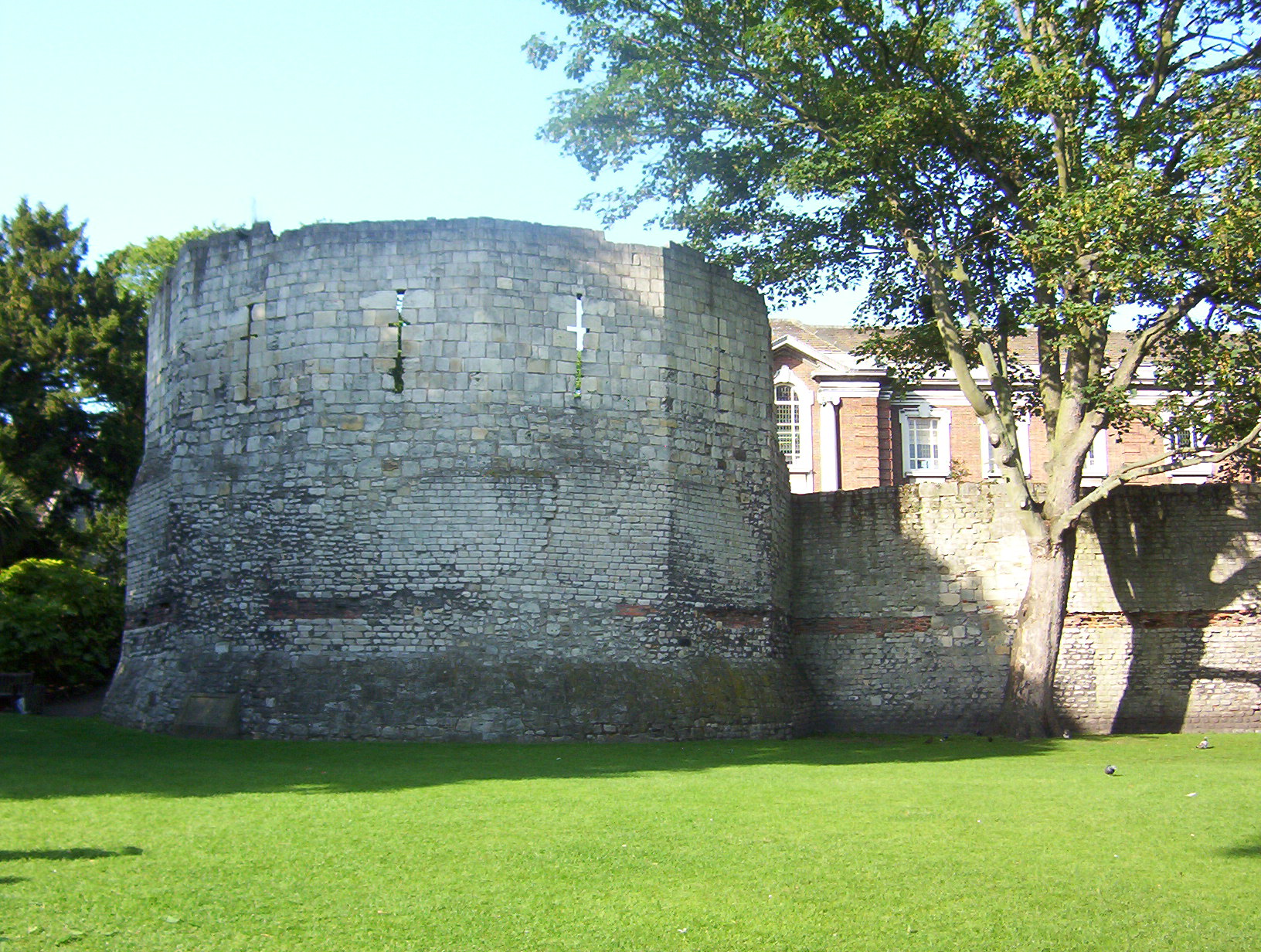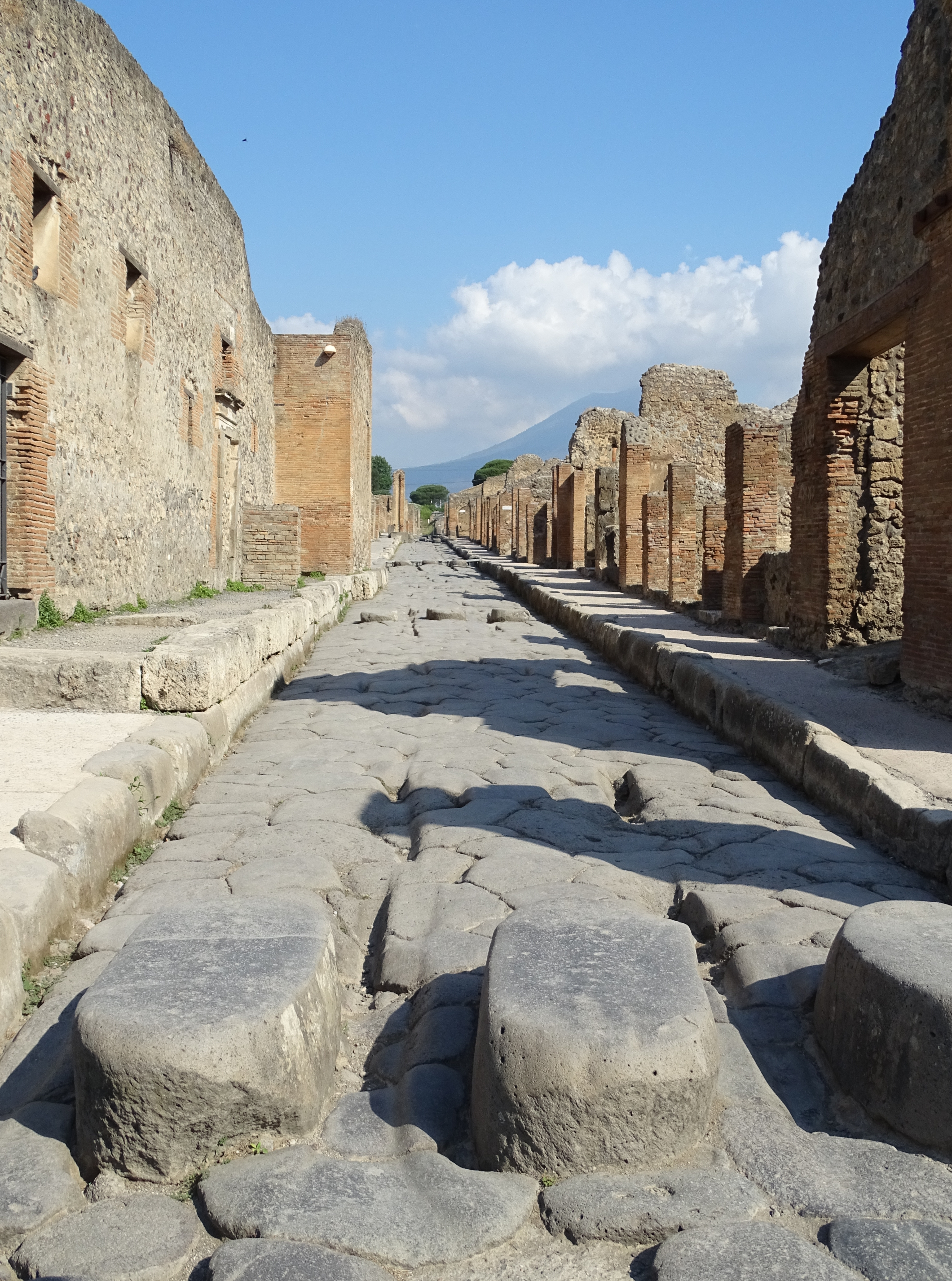|
Highfields, South Yorkshire
Highfields is a former coal mining village, located south of the model village of Woodlands, in South Yorkshire. Historically part of the West Riding of Yorkshire, it is part of the City of Doncaster. The village is located in the Adwick ward of Doncaster MBC. Although it does not currently have an air of prosperity, Highfields was built so that most houses either overlooked farmland or woodland, the ornamental Highfields Lake, or the greens in the centre of the village. Like its neighbour, Woodlands, Highfields lies between the historic Great North Road and the Roman road. The Roman road is a branch of Ermine Street, branching off near Lincoln and rejoining near York. Although a separate branch, it is also known as Ermine Street. Locally, this stretch of the road is known as the Roman Ridge, although it is more colloquially known as the Roman Rigg. David Pegg, one of the eight Manchester United footballers who died as a result of the Munich air disaster of February 1958, ... [...More Info...] [...Related Items...] OR: [Wikipedia] [Google] [Baidu] |
Metropolitan Borough Of Doncaster
The City of Doncaster is a metropolitan borough with city status in South Yorkshire, England. It is named after its principal settlement, Doncaster, and includes the surrounding suburbs of Doncaster as well as numerous towns and villages. The district has large amounts of countryside. At 219 sq miles, it is the largest metropolitan borough by area in England. The largest settlement in the borough are Doncaster itself, followed by the towns of Thorne, Hatfield and Mexborough (the latter of which is part of the Barnsley/Dearne Valley built-up area), and it additionally covers the towns of Conisbrough, Stainforth, Bawtry, Askern, Edlington and Tickhill. Doncaster borders the Selby district of North Yorkshire to the north, the East Riding of Yorkshire to the north-east, North Lincolnshire to the east, Bassetlaw in Nottinghamshire to the south-east, Rotherham to the south-west, Barnsley to the west, and Wakefield, West Yorkshire, to the north-west. It is part of th ... [...More Info...] [...Related Items...] OR: [Wikipedia] [Google] [Baidu] |
Ermine Street
Ermine Street is a major Roman road in England that ran from London (''Londinium'') to Lincoln ('' Lindum Colonia'') and York (''Eboracum''). The Old English name was ''Earninga Strǣt'' (1012), named after a tribe called the ''Earningas'', who inhabited a district later known as ''Armingford Hundred'', around Arrington, Cambridgeshire, and Royston, Hertfordshire. "Armingford", and "Arrington" share the same Old English origin. The original Celtic and Roman names for the route remain unknown. It is also known as the Old North Road from London to where it joins the A1 Great North Road near Godmanchester. Course Ermine Street begins at Bishopsgate, where one of the seven gates in the wall surrounding Roman London was located. From here it runs north up Norton Folgate, Shoreditch High Street and Kingsland Road through Stoke Newington (forming Stoke Newington Road and Stoke Newington High Street), Tottenham, Edmonton and eastern Enfield (Ponders End, Enfield Highw ... [...More Info...] [...Related Items...] OR: [Wikipedia] [Google] [Baidu] |
Motte-and-bailey
A motte-and-bailey castle is a European fortification with a wooden or stone keep situated on a raised area of ground called a motte, accompanied by a walled courtyard, or bailey, surrounded by a protective ditch and palisade. Relatively easy to build with unskilled labour, but still militarily formidable, these castles were built across northern Europe from the 10th century onwards, spreading from Normandy and Anjou in France, into the Holy Roman Empire in the 11th century. The Normans introduced the design into England and Wales. Motte-and-bailey castles were adopted in Scotland, Ireland, the Low Countries and Denmark in the 12th and 13th centuries. Windsor Castle, in England, is an example of a motte-and-bailey castle. By the end of the 13th century, the design was largely superseded by alternative forms of fortification, but the earthworks remain a prominent feature in many countries. Architecture Structures A motte-and-bailey castle was made up of two structures: a motte ... [...More Info...] [...Related Items...] OR: [Wikipedia] [Google] [Baidu] |
Hangthwaite
Hangthwaite Castle was an earthwork motte and bailey castle founded by Nigel Fozzard. It stood in the 11th century and is situated just north of Scawthorpe, Doncaster, South Yorkshire, England. Originally, the site was known as Langthwaite, though it changed over the years to Hangthwaite. In the 13th century, a fortified house called Radcliffe Moat () replaced Hangthwaite Castle as a local fortification. Nowadays, only the motte and the ditches remain. Encased by the wide wet ditch, the motte defends a bean-shaped eastern bailey and a small north-western mound, which is possibly a barbican. A settlement was adjacent to the castle, which is now designated as a Deserted Medieval Village In the United Kingdom, a deserted medieval village (DMV) is a former settlement which was abandoned during the Middle Ages, typically leaving no trace apart from earthworks or cropmarks. If there are fewer than three inhabited houses the conv ... (DMV). The site is now a scheduled monument. ... [...More Info...] [...Related Items...] OR: [Wikipedia] [Google] [Baidu] |
Manchester United F
Manchester () is a city in Greater Manchester, England. It had a population of 552,000 in 2021. It is bordered by the Cheshire Plain to the south, the Pennines to the north and east, and the neighbouring city of City of Salford, Salford to the west. The two cities and the surrounding towns form one of the United Kingdom's most populous conurbations, the Greater Manchester Built-up Area, which has a population of 2.87 million. The history of Manchester began with the civilian settlement associated with the Roman Britain, Roman fort (''castra'') of ''Mamucium'' or ''Mancunium'', established in about AD 79 on a sandstone bluff near the confluence of the rivers River Medlock, Medlock and River Irwell, Irwell. Historic counties of England, Historically part of Lancashire, areas of Cheshire south of the River Mersey were incorporated into Manchester in the 20th century, including Wythenshawe in 1931. Throughout the Middle Ages Manchester remained a manorialism, manorial Township ( ... [...More Info...] [...Related Items...] OR: [Wikipedia] [Google] [Baidu] |
David Pegg
David Pegg (20 September 1935 – 6 February 1958) was an English footballer and one of the eight Manchester United players who died in the Munich air disaster on 6 February 1958. Career He signed for United on leaving school in 1950 and made his first team debut in the Football League First Division against Middlesbrough on 6 December 1952, at the age of 17, and by the age of 20 he was a regular member of the first team. In 1956, at the age of 21, he collected a First Division title medal. The following season, he picked up another league title medal and also helped United reach the semi-finals of the European Cup, also collecting a runners-up medal in the FA Cup. He was the club's first-choice outside left until the final few months before the disaster (when he was displaced by Albert Scanlon) and had collected two League Championship winner's medals in the two seasons leading up to the Munich air disaster. He also helped them reach the European Cup semi-finals tw ... [...More Info...] [...Related Items...] OR: [Wikipedia] [Google] [Baidu] |
Roman Ridge
Roman Ridge is a bridleway that was part of the Roman road of Ermine Street, between Scawsby and Redhouse to the north of Doncaster, England. This footpath departs from the A638 road at The Sun junction with the A635 (or Barnsley Road). Its course runs at an angle bisecting the angle made between the two modern roads. It runs to the west of the A638, roughly parallel to it, through the area of Sunnyfields and on to cross Green Lane, Scawsby on the eastern edge of Little Canada. From there it runs along the western edge of the villages of Highfields and Woodlands until it reaches the Red House junction of the Great North Road. From there, the Roman Ridge joins the A1 (Great North Road) as far as Barnsdale Barnsdale, or Barnsdale Forest, is an area of South and West Yorkshire, England. The area falls within the modern-day districts of Doncaster and Wakefield. Barnsdale was historically part of the West Riding of Yorkshire. Barnsdale lies in the .... The Roman Ri ... [...More Info...] [...Related Items...] OR: [Wikipedia] [Google] [Baidu] |
York
York is a cathedral city with Roman Britain, Roman origins, sited at the confluence of the rivers River Ouse, Yorkshire, Ouse and River Foss, Foss in North Yorkshire, England. It is the historic county town of Yorkshire. The city has many historic buildings and other structures, such as a York Minster, minster, York Castle, castle, and York city walls, city walls. It is the largest settlement and the administrative centre of the wider City of York district. The city was founded under the name of Eboracum in 71 AD. It then became the capital of the Roman province of Britannia Inferior, and later of the kingdoms of Deira, Northumbria, and Jórvík, Scandinavian York. In the Middle Ages, it became the Province of York, northern England ecclesiastical province's centre, and grew as a wool-trading centre. In the 19th century, it became a major railway network hub and confectionery manufacturing centre. During the Second World War, part of the Baedeker Blitz bombed the city; it ... [...More Info...] [...Related Items...] OR: [Wikipedia] [Google] [Baidu] |
Lincoln, Lincolnshire
Lincoln () is a cathedral city, a non-metropolitan district, and the county town of Lincolnshire, England. In the 2021 Census, the Lincoln district had a population of 103,813. The 2011 census gave the Lincoln Urban Area, urban area of Lincoln, including North Hykeham and Waddington, Lincolnshire, Waddington, a population of 115,000. Roman Britain, Roman ''Lindum Colonia'' developed from an Iron Age settlement on the River Witham. Landmarks include Lincoln Cathedral (English Gothic architecture; for over 200 years the world's tallest building) and the 11th-century Norman architecture, Norman Lincoln Castle. The city hosts the University of Lincoln, Bishop Grosseteste University, Lincoln City F.C., Lincoln City FC and Lincoln United F.C., Lincoln United FC. Lincoln is the largest settlement in Lincolnshire, with the towns of Grimsby second largest and Scunthorpe third. History Earliest history: ''Lincoln'' The earliest origins of Lincoln can be traced to remains of an Iron Ag ... [...More Info...] [...Related Items...] OR: [Wikipedia] [Google] [Baidu] |
Roman Road
Roman roads ( la, viae Romanae ; singular: ; meaning "Roman way") were physical infrastructure vital to the maintenance and development of the Roman state, and were built from about 300 BC through the expansion and consolidation of the Roman Republic and the Roman Empire. They provided efficient means for the overland movement of armies, officials, civilians, inland carriage of official communications, and trade goods. Roman roads were of several kinds, ranging from small local roads to broad, long-distance highways built to connect cities, major towns and military bases. These major roads were often stone-paved and metaled, cambered for drainage, and were flanked by footpaths, bridleways and drainage ditches. They were laid along accurately surveyed courses, and some were cut through hills, or conducted over rivers and ravines on bridgework. Sections could be supported over marshy ground on rafted or piled foundations.Corbishley, Mike: "The Roman World", page 50. Warwick Pr ... [...More Info...] [...Related Items...] OR: [Wikipedia] [Google] [Baidu] |
South Yorkshire
South Yorkshire is a ceremonial and metropolitan county in the Yorkshire and Humber Region of England. The county has four council areas which are the cities of Doncaster and Sheffield as well as the boroughs of Barnsley and Rotherham. In Northern England, it is on the east side of the Pennines. Part of the Peak District national park is in the county. The River Don flows through most of the county, which is landlocked. The county had a population of 1.34 million in 2011. Sheffield largest urban centre in the county, it is the south west of the county. The built-up area around Sheffield and Rotherham, with over half the county's population living within it, is the tenth most populous in the United Kingdom. The majority of the county was formerly governed as part of the county of Yorkshire, the former county remains as a cultural region. The county was created on 1 April 1974, under the Local Government Act 1972. It was created from 32 local government districts o ... [...More Info...] [...Related Items...] OR: [Wikipedia] [Google] [Baidu] |







